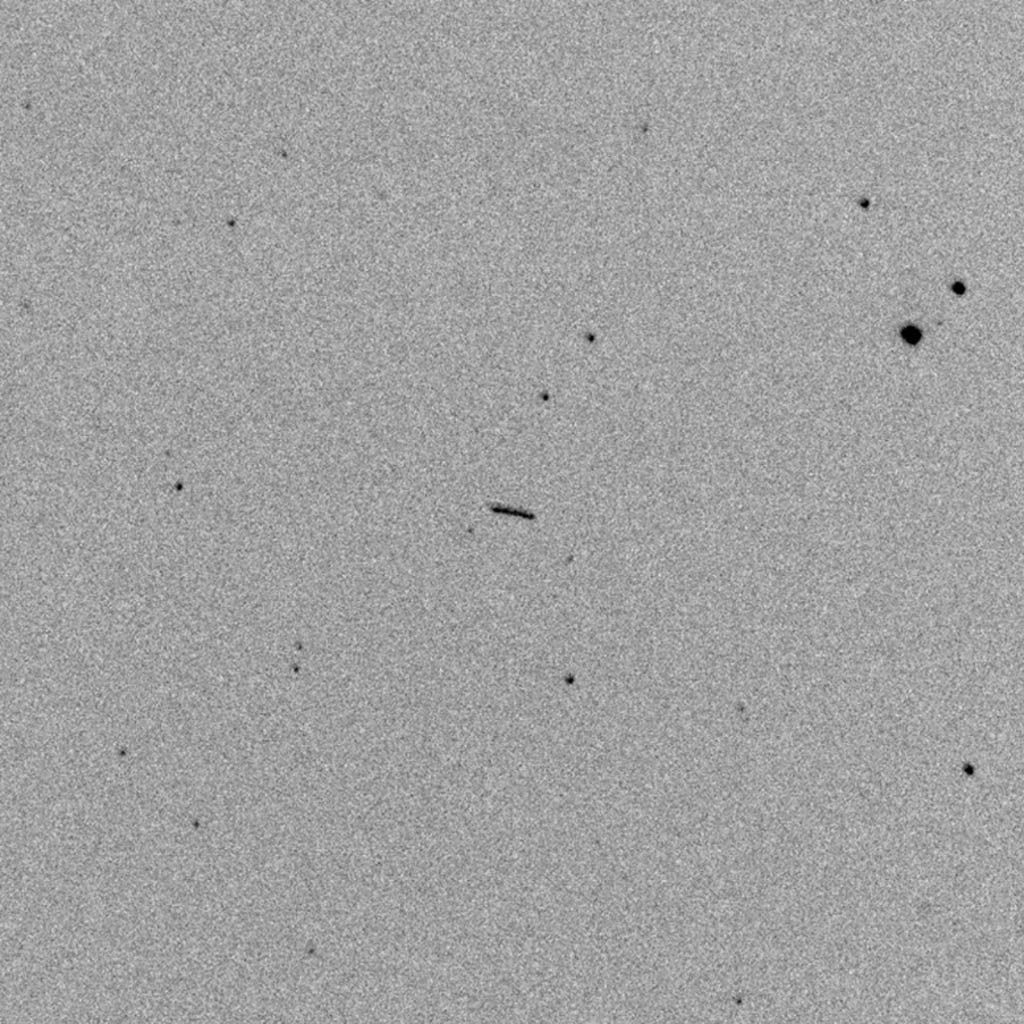An astronomer in Poland discovers an small asteroid, only a 3–4 meters across, on March 11, about two hours before the impact northeast of Iceland.

In news that is almost straight out of Don’t Look Up but far less horrifying, an astronomer in Poland detected an asteroid on March 11. The small asteroid, only about a meter in diameter, impacted the Earth to the northeast of Iceland less than two hours after discovery.
This object, now designated asteroid 2022 EB5, is only the fifth asteroid detected before impact. That’s actually kind of a good thing. While the Earth is constantly bombarded by space debris from asteroids and comets, most of that debris is very small, usually dustlike particles. Larger objects in the range of 2022 EB5 are only expected to strike Earth about ten times per year. But they are small and usually difficult to spot until they get pretty close. They also pose no threat to Earth because of their small size, so yay.
Detecting these smaller objects takes the global astronomical community, too. After Krisztián Sárneczky first discovered the object, he reported it to the Minor Planet Center, which sent out alerts to the observational community. At first, the impact chance was estimated to be less than 1%, but as more observations were taken by both Krisztián and other observers, the percentage shot up to 100%.
One of the systems triggered by the object was the European Space Agency’s “Meerkat” monitoring system. That system sent another alert to the ESA’s Near-Earth Objects Coordination Centre, which further disseminated the information to the astronomical community. Again, the asteroid was difficult to observe as it was less than 50,000 kilometers away and moving quickly across the sky.
Sadly, due to the remote location of the impact, no visual evidence was collected. The main confirmation came from infrasound detectors in Greenland and Iceland that recorded the impact, estimated to have released the same amount of energy as two to three kilotons of TNT. That energy correlates to an object about 3–4 meters in diameter, meaning the asteroid was bigger than originally thought, but that could just be a result of the measurement uncertainties.
While this is only the fifth small object detected before impact, it is also the fifth detected since 2008. Our detection technology is improving year over year, and we expect more stories like this one in the future.
More Information
ESA press release
This story was written for the Daily Space podcast/YouTube series. Want more news from myself, Dr. Pamela Gay, and Erik Madaus? Check out DailySpace.org.
This article was originally published by Beth Johnson on medium.com.





